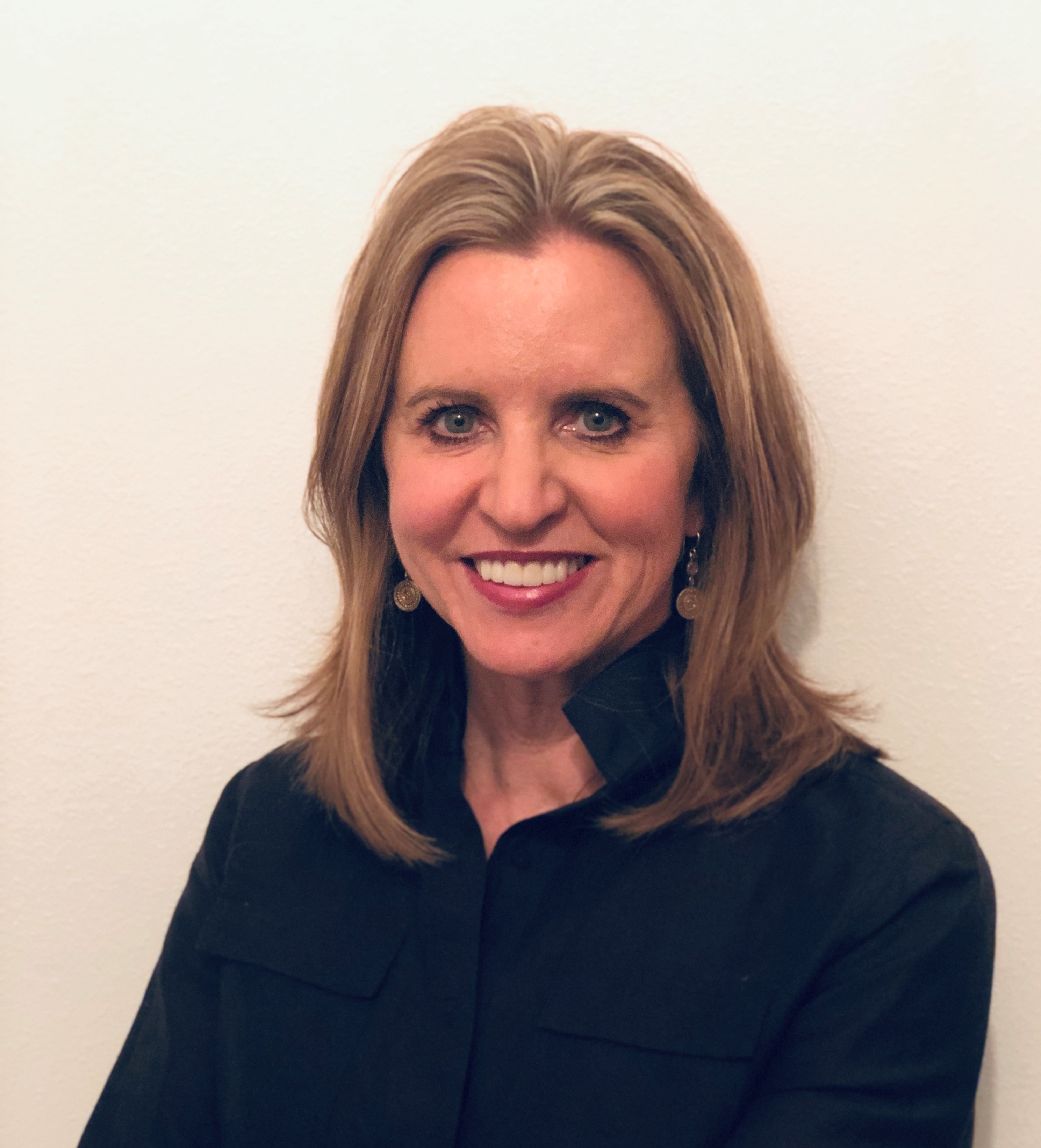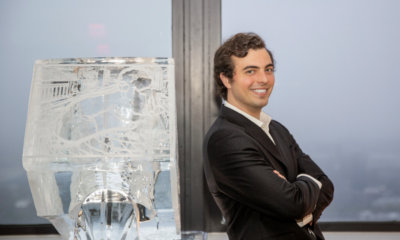Know
Kobie’s new president has a passion for consumer experiences

For Marti Beller, the new president at Kobie, the key to keeping and growing a customer base is eliminating the pain points consumers run into when they are dealing with a retailer, a bank or a hotel, and amplifying the special experiences those consumers have when they deal with those institutions.
Beller brings that passion for consumer experiences to Kobie, where she’s been on the job for about eight weeks.
Her appointment kicked off what Kobie said will be a year of promising growth, with expansions planned in both the technology and professional services offerings. The family-owned company, launched by the Hechtkopf family in 1990, now has more than 460 employees and $70.3 million in 2017 revenue. It’s been on the Inc. 5000 for eight years and “we don’t see any slowing down,” Beller told the St. Pete Catalyst, in an interview in Kobie’s downtown St. Pete headquarters.
Beller previously was senior vice president of global loyalty products and platforms for Mastercard Inc. (NYSE: MA). Before that she was president of Connexions Loyalty, and in between those two jobs she co-founded PlanG, a social enterprise venture that allowed individuals to donate to the causes they cared about.
Emotional drivers
Until early 2019, Beller had lived in Richmond, Va. for 24 years and was “move resistant,” she said. But she knew about Kobie from her time at Connexions, so when a recruiter called her about the president’s job at Kobie she was intrigued.
“For me, getting back to a mid-size company where culture is a huge component of what the company is all about was very important to me,” Beller said. “What brought me here was the family feel of the culture, the fact that our products and services are best in class, and the fact that I got to be part of a community and culture that I thought I could call my home.”
Kobie is among the largest players in the loyalty marketing industry, an approach to marketing that involves providing rewards and incentives to consumers for using a product. Kobie builds loyalty marketing programs for many of the world’s most successful brands.
Beller said Kobie stands out in part because it provides both technology and services, and each offering complements the other. “We’re not just leaving you to use our technology and hope that it’s all OK,” she said. “We’re a huge component of your everyday business and people here work for those companies every day to make their programs better.”
Loyalty programs are somewhat saturated at this point, she said, but most of them are based on a behavioral mindset — a “do this, get that” approach. In contrast, Kobie has a way for its clients to understand the emotional drivers behind consumer purchases.
“We have a proprietary service, an algorithm, called emotional loyalty scoring, we can see how a person is driven by status, by habit or by reciprocity. By knowing that about a customer, even if they have a points program, we can talk to each of those customers differently,” she said.
She cited three examples.
- An American Airlines flyer might care about status, knowing that if something goes wrong while traveling, they will be taken care of. A promotion about points won’t appeal to that consumer as much as an offer that tells them they’re about to reach platinum status.
- A Nordstrom shopper might not care about seeing a pre-showing of a designer collection, which would be an appeal to status, but does want to develop a relationship with the company, so that customer cares about reciprocity.
- An Amazon Prime user often goes to that site because of habit.
“With those three drivers, we help people to understand how to communicate to their consumers and that is something no one else does. Strong products, strong services and the fact that we can put an entire emotional intelligent layer on the way they market through emotional loyalty scoring is what sets us apart,” Beller said.
Transparency
Kobie plans to launch a new technology platform about mid-year, and wants to be careful about growth during a time when it is transforming its infrastructure, Beller said.
The company, with a call center in St. Pete’s Skyway Marina District and an office in Dallas in addition to its downtown headquarters, laid off about 25 employees in November. Kobie is currently hiring about 10 to 20 people in any given week, but skill sets are shifting, with a focus on technology, consulting and analytics.
Beller has spent her first few weeks at Kobie in internal meetings, asking the staff what they love about Kobie and what they would improve. Many of the suggestions involved transparency, which Beller said is key to her leadership style.
“I want people to feel connected to the culture, and the only way for that connection to happen is if you understand it. Transparency is a vehicle towards understanding,” she said.
Beller started her professional life as a technologist, with a degree in management information systems from Virginia Tech. She was a developer and coder for six years before moving into a leadership role.
Her stint at PlanG, which was sold in 2015 to employee benefits management firm YouDecide, tapped into another passion — empowering people to give back to their communities in ways that matter to them.
She’s carrying on the lessons learned at PlanG by serving on the advisory board of Social Entrepreneurship at University of Virginia. This month, she will teach a class at UVA on risk and failure.
“When you do entrepreneurship you have to be ready for both,” Beller said. “I want them to understand the risk and set them up to be ready for small failures that they need to be resilient for, and big failures that will require them to pivot.”
She said she’s too new to St. Petersburg to assess the entrepreneurship environment here, but does see similarities between St. Pete and Richmond.
In Richmond, entrepreneurship was viewed as a way to establish a continuous growth cycle in the economy.
“Being an entrepreneurship center at any level, you attract a workforce that’s very important for the more stable and tried and true organizations. In Richmond, that was Capital One and the state and others … They saw entrepreneurship as an avenue to attract a workforce to the community that was both viable to entrepreneurs as well as to a Capital One. It was important to feed that ecosystem because Capital One invested back into the entrepreneurial environment and it became a circle of life kind of thing.”
Beller wants to get involved locally to share her experiences in Richmond.
She also wants to elevate Kobie’s name recognition locally.
“I think we’re a little bit of a hidden gem here. People don’t realize that a lot of technology, analytics and account management jobs are sitting right here in St. Pete at a company that serves some of the Fortune 500 companies best So people looking to grow their career, this is where they should come to do that,” Beller said.







